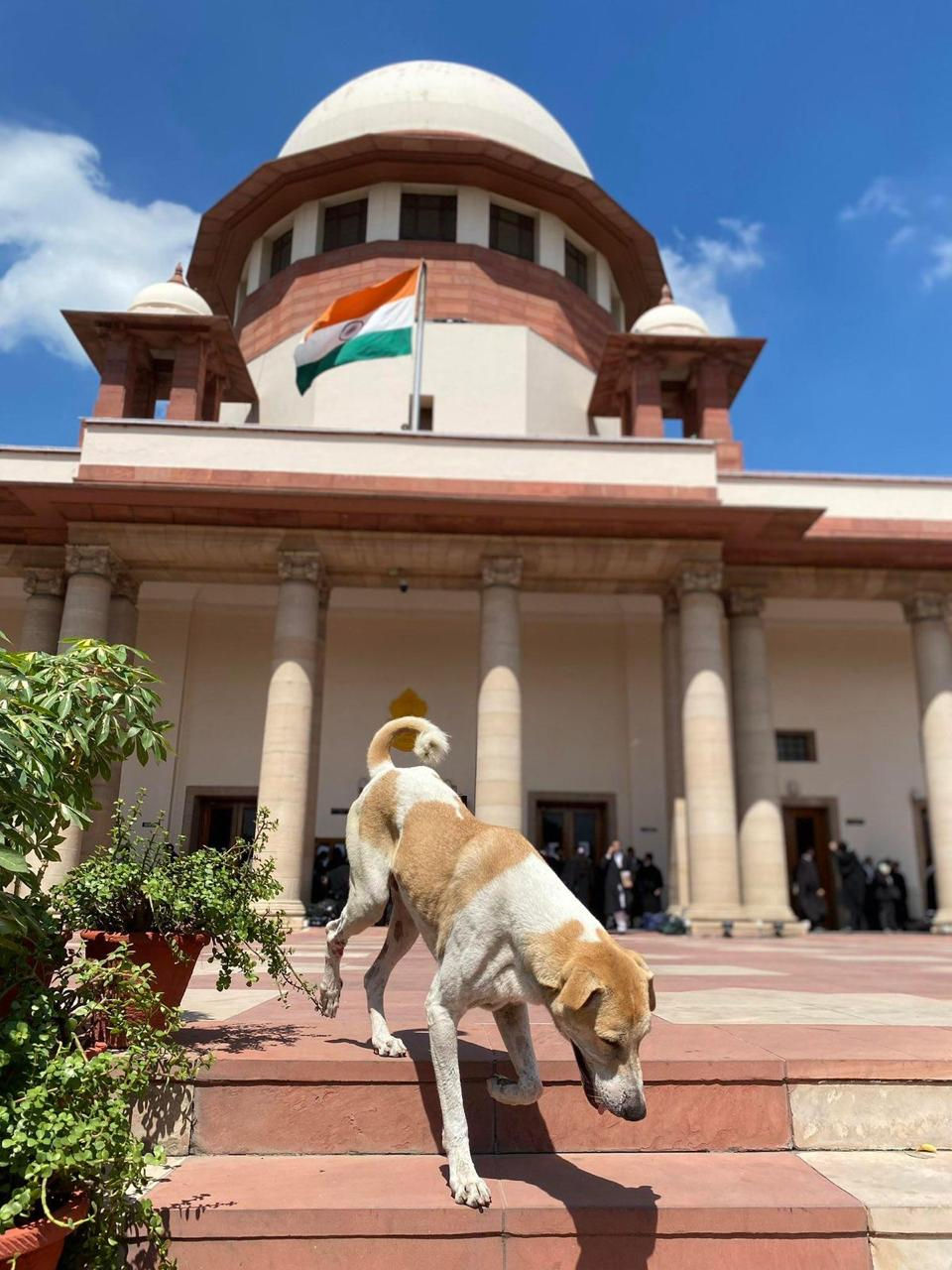Episode 9: In the Race for Clean Streets, Are We Losing Our Humanity?
- mariajoseph012345
- Aug 15, 2025
- 3 min read

In recent weeks, Delhi has become the epicenter of a growing storm, not of politics or pollution this time, but of paws, protests, and policy.
The Supreme Court of India is reviewing a proposal that could fundamentally change the way Delhi (and by extension, India) deals with stray dogs: the removal of all street dogs from public spaces, including sterilized and vaccinated ones. While this move is being justified as a public safety measure in the wake of rabies concerns, it risks undoing years of humane animal management and community trust.
Let’s be clear - rabies is real, and so are bite incidents. But the idea that simply removing dogs from the streets will eliminate the problem is flawed, both practically and ethically.
Why This Approach Is a Bad Idea
1. It’s logistically impossible and legally dubious
Delhi is home to an estimated 60,000 to 80,000 street dogs. The city has neither the shelter capacity nor the trained manpower to remove and care for them all. The Animal Birth Control (ABC) Rules, backed by the Prevention of Cruelty to Animals Act, protect sterilized dogs’ right to live in their territory. This plan could violate both the law and animal rights.
2. It ignores what actually works
Decades of research and on-the-ground experience show that Catch-Neuter-Vaccinate-Release (CNVR) programs are the most effective way to control street dog populations and prevent rabies. Removing dogs en masse creates a vacuum effect — new unsterilized, unvaccinated dogs simply move into the cleared areas, worsening the problem.
3. It fosters fear, not community care
Blanket removal paints all street dogs as dangerous and undesirable, deepening public hostility instead of encouraging cohabitation, compassion, and responsible feeding or monitoring. It also sidelines the thousands of community caregivers who already contribute time, food, and even money to ensure dogs are sterilized and safe.
What Can We Do Instead?
1. Scale Up CNVR With Accountability
Instead of throwing out what works, invest in making it work faster and better. Delhi needs:
More mobile sterilization vans
Better data tracking of vaccinated/sterilized dogs
Local ward-level partnerships with NGOs and feeders
2. Strengthen Public Education
Run city-wide awareness campaigns on:
How to behave around street dogs
Recognizing rabies symptoms
The importance of not abandoning pets
Changing the narrative from “stray menace” to “community responsibility” is crucial.
3. Empower Local Communities
Enable RWAs (Resident Welfare Associations), municipal officials, and citizens to register and manage dog groups. Offer small grants or tax benefits for societies that sterilize, vaccinate, and care for street animals.
4. Increase Shelter Capacity - Humanely
Where absolutely necessary (like aggressive or terminally ill dogs), dogs should be shifted to properly maintained shelters, not overcrowded, underfunded holding areas. We must build infrastructure before enforcing mass removals.
The Bigger Picture: Coexistence, Not Erasure
This crisis is not just about dogs. It’s about how we define safety, compassion, and governance. Do we eliminate what makes us uncomfortable, or do we lead with empathy and evidence?
Delhi has an opportunity, not just to protect public health, but to model how modern cities can coexist with animals, manage challenges through humane solutions, and treat even the voiceless with dignity.
Let’s choose better.
please sign this petition for a better India today - and always
https://chng.it/VQhSs8hNY4


so true! we need to do better